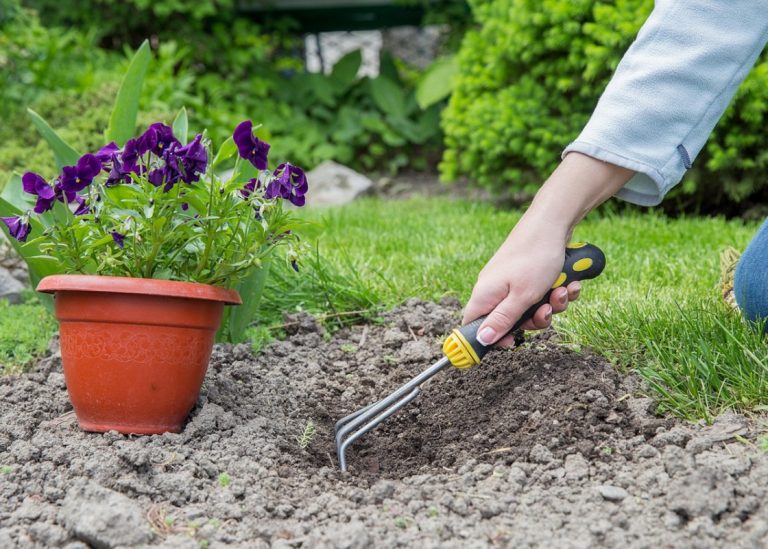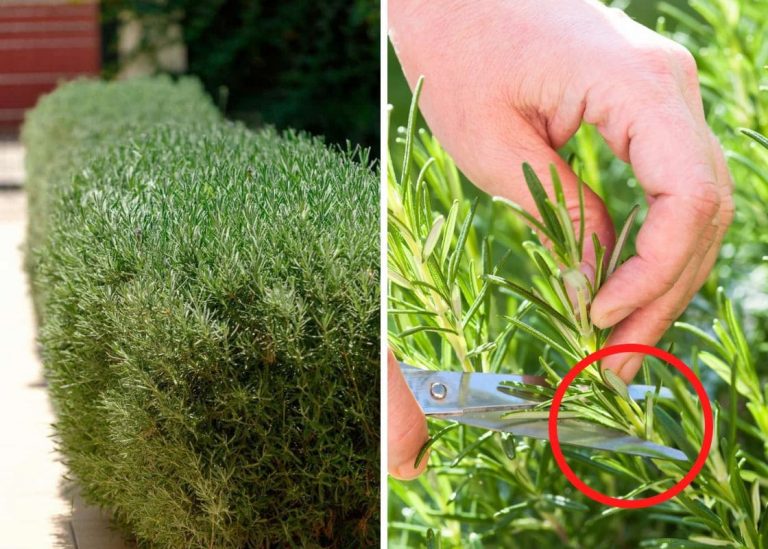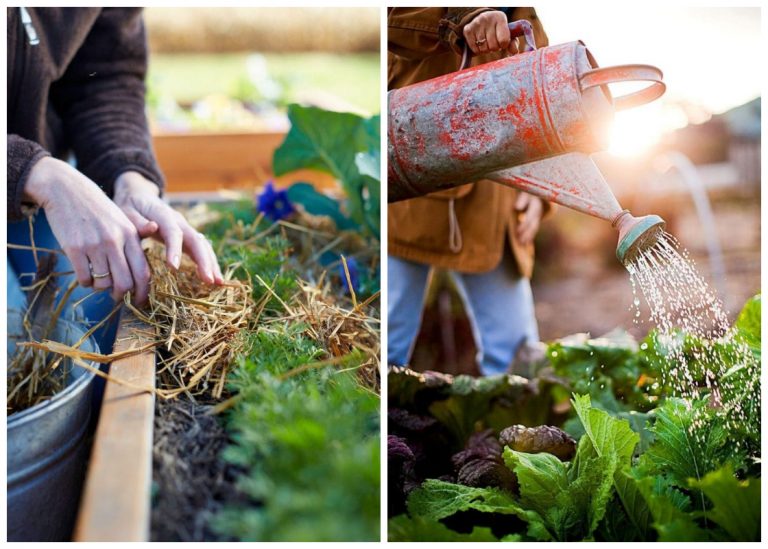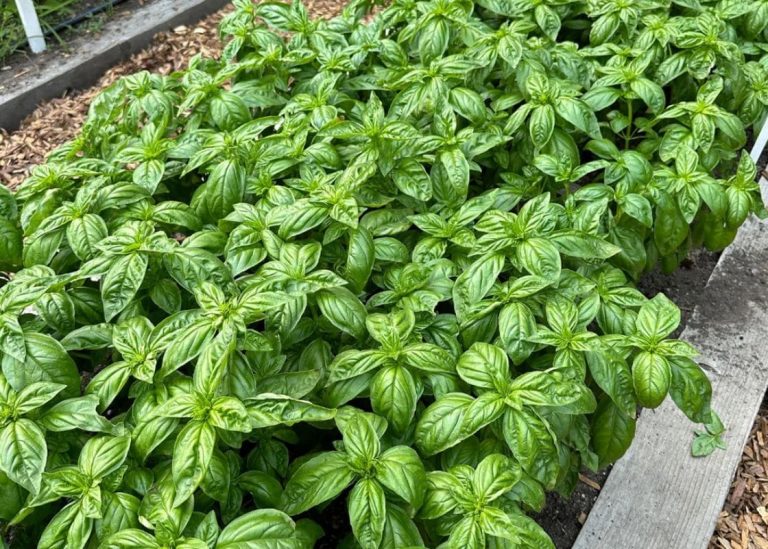Don’t Worry, Here’s The Best Way to Keep Your Garden Thriving When You’re on Vacation
I still remember the trip—our first family vacation in five years. I’d been counting down to that coastal escape, dreaming of sea air and long naps under sun umbrellas. But as our departure day crept closer, I kept glancing out the kitchen window at my thriving garden with a growing sense of dread.
The tomatoes had just started setting fruit. My lettuce was tender, lush, and begging for shade. There were green beans climbing confidently up their trellis. And yet, I was about to leave them for ten whole days in July heat.
I told myself they’d be fine. Plants are resilient, right? I gave everything a heavy soak, whispered a hopeful “good luck,” and loaded the car with sunscreen and snacks.
When we returned, the tomatoes were scorched. The lettuce had vanished into bitter bolted stems. The cucumbers—my proudest vines—were tangled and sunburned, with overgrown fruits too tough to eat. It felt like coming home to a heartbreak I should’ve seen coming. That was the last time I left my garden unprepared.
Since then, I’ve built a system that lets me walk away with peace of mind, knowing my plants will still be thriving when I return. And I’d love to share that with you—so you can travel without guilt, and come home to a garden that greets you with green instead of grief.
Deep Watering: The Non-Negotiable Step

Nothing makes a garden collapse faster than thirst. I once left during a heatwave after giving everything a quick sprinkle. When I returned, the marigolds were toast, and my pole beans were drooping like forgotten scarves.
Now I always start with a slow, deep soak. That means watering at the base of each plant until the soil is saturated several inches down. It gives the roots a reservoir to draw from.
Before leaving, I also:
-
Water early in the morning or late in the evening
-
Use mulch generously—straw, wood chips, or dry grass—about 2–3 inches thick
-
Move containers to shaded spots and cluster them together to create a humid microclimate
For potted herbs and delicate greens, I use self-watering tricks like:
-
Inverted water bottles with pinholes in the cap, buried neck-deep
-
Shallow trays filled with water under the pots
-
Wick watering using cotton rope from a full jug to the pot’s soil
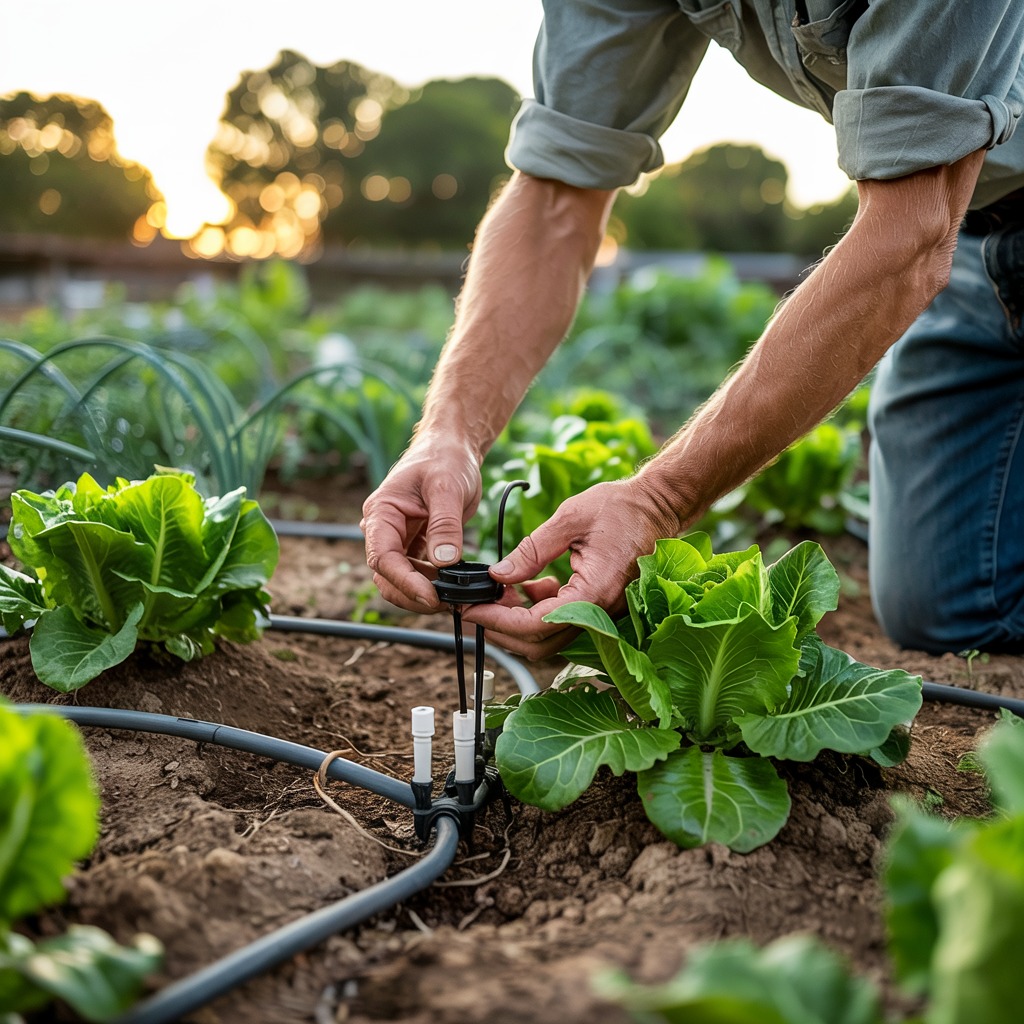
If I’m gone more than 5 days, I lean on my best garden friend—a drip irrigation system with a timer. It’s been my saving grace more than once.
Enlist a Garden Buddy (and Leave Clear Notes)
Let’s be real—not all friends are “plant people.” But even a willing neighbor can be a garden hero with the right guidance.
Before any trip, I:
-
Walk them through the garden a day or two before I leave
-
Show them which plants are neediest (tomatoes, containers, new seedlings)
-
Leave a short watering schedule in writing
-
Include a rain-day note (“skip watering if the soil is soaked”)
-
Say thank you with a basket of veggies or a homemade jam
It’s amazing what one extra set of hands can do. I’ve even had friends say helping with my garden made them start their own.
Don’t Let Weeds or Pests Get the Upper Hand
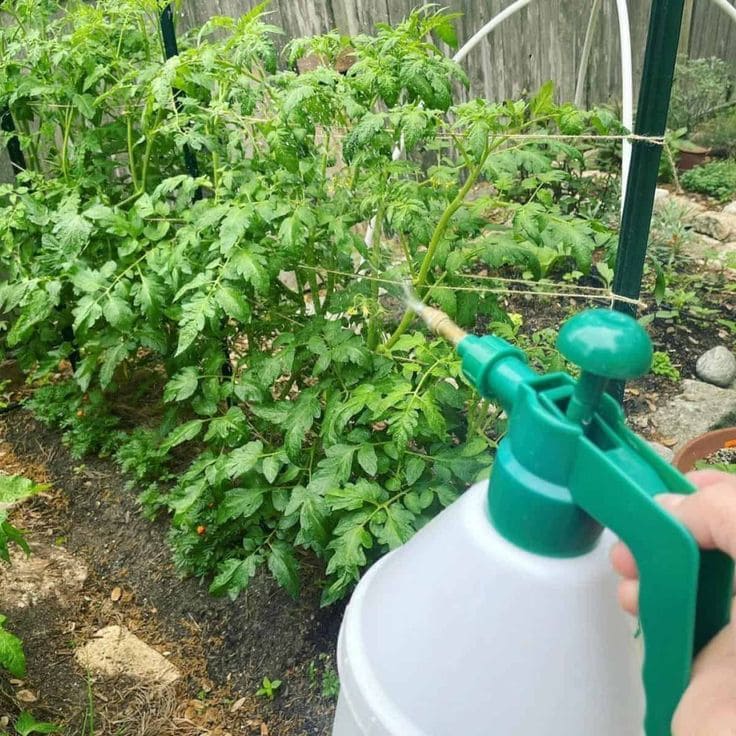
Weeds wait for no one. And pests seem to know when you’re gone.
The day before I travel, I set aside an hour for “calm control.” That means:
-
Pulling every weed I can find, especially around key crops
-
Adding an extra layer of mulch in freshly cleared spots
-
Checking under leaves for aphids, beetles, or eggs
-
Spraying neem oil or soapy water if I see early signs of trouble
For leafy greens, I use floating row covers—they keep out bugs and give a little extra shade too.
Harvest Before You Go (Even If It’s Early)
There’s nothing more disappointing than coming home to a garden full of split tomatoes, rock-hard cucumbers, and overgrown beans.
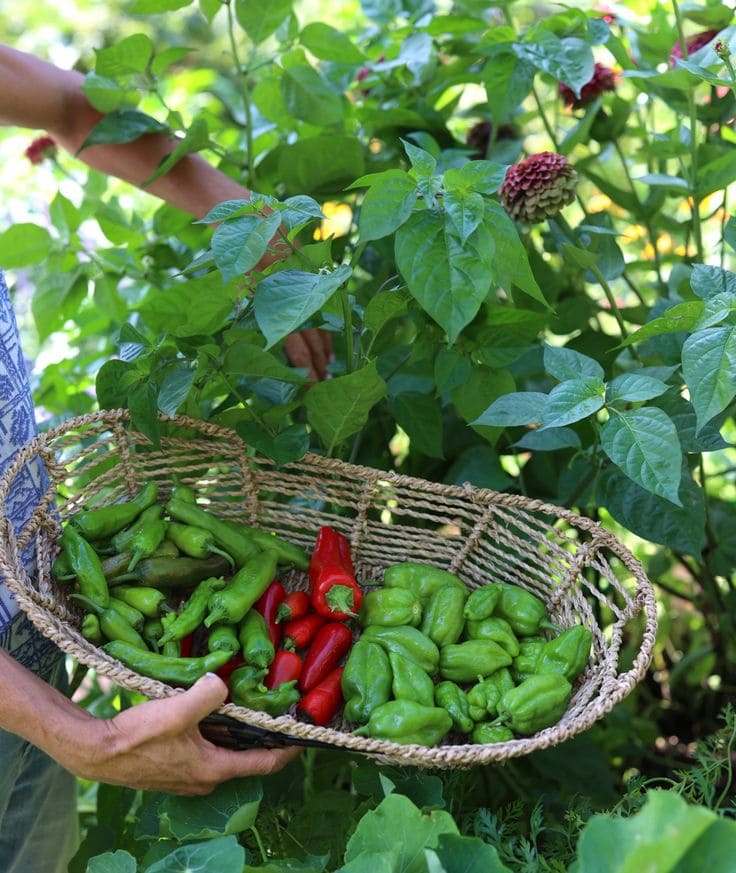
That happened to me once. Now, even if I’m leaving two days before perfect ripeness, I still harvest.
My go-to rule:
-
Pick everything that’s 80–90% ripe
-
Trim herbs generously and dry them if needed
-
Leave a note for my garden helper to harvest anything that ripens while I’m away
This keeps plants producing and avoids waste. I once had a friend drop by to water and leave with a basket of cherry tomatoes, basil, and beans. She called it “the best surprise of the week.”
Protect Against Sudden Weather Swings
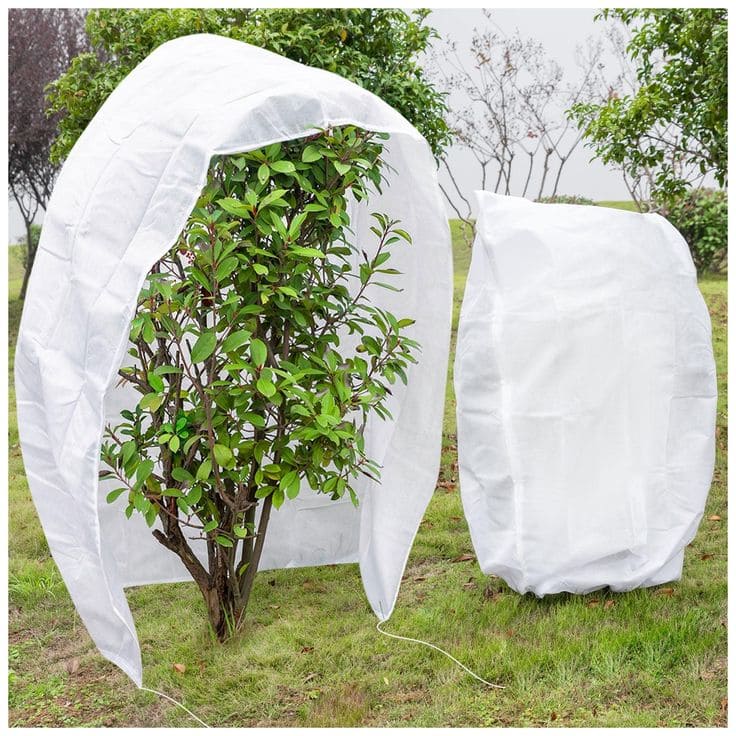
Your local forecast might promise sunshine—but weather loves to surprise us.
Before leaving, I check the 10-day forecast. If there’s wind, rain, or extreme heat coming, I prepare:
-
Stake tall plants like tomatoes, cosmos, or delphiniums so they won’t topple
-
Use row covers or old bedsheets to shield tender greens from sun or wind
-
Shift pots against walls or under shade to slow evaporation
-
Secure lightweight garden items (trellises, pots, baskets) that might blow away
One summer, an unexpected storm hit while I was away. The only thing that saved my dahlias was a bamboo teepee I’d secured with twine. Now, I never skip this step.
Coming Home to a Garden That Missed You (but Didn’t Suffer)
That first walk through the garden when I return from a trip is always the most emotional. I half-expect disasters, but when I’ve prepared well, I find a garden that’s grown just a little wilder—but still beautiful.
Yes, maybe the nasturtiums have crept across the path, and a few sunflowers lean in new directions. But everything’s alive. Blooming. Still yours.
And there’s nothing quite like unpacking your suitcase, then heading outside with a basket and scissors to gather what your garden grew while you rested.
Final Thoughts: Leave with Peace, Return to Joy
If you love your garden like I do, walking away for even a few days can feel like leaving a piece of yourself behind. But with some thoughtful prep, a bit of help, and trust in nature, your plants will do just fine.
Deep watering. Mulching. A garden buddy. A little harvest before you go.
These small things build a big sense of peace.
So go ahead—book the trip. Soak in the sunset. Let the garden wait. Because when you come home, it’ll be there—green, blooming, and grateful.



